
Posted 2015-11-28
A year and a half ago I waxed poetically about the small size and the weight of Nikon's latest collapsible version of their cheap 18-55 mm lens, as you can read in my review. However, since then I've also bought the bigger and heavier 16-85 mm lens, which covers a more convenient zoom range. And then I found out that Nikon upgraded its other cheap kit lens to be collapsible: the 55-200 mm one. So I bought that one as well.
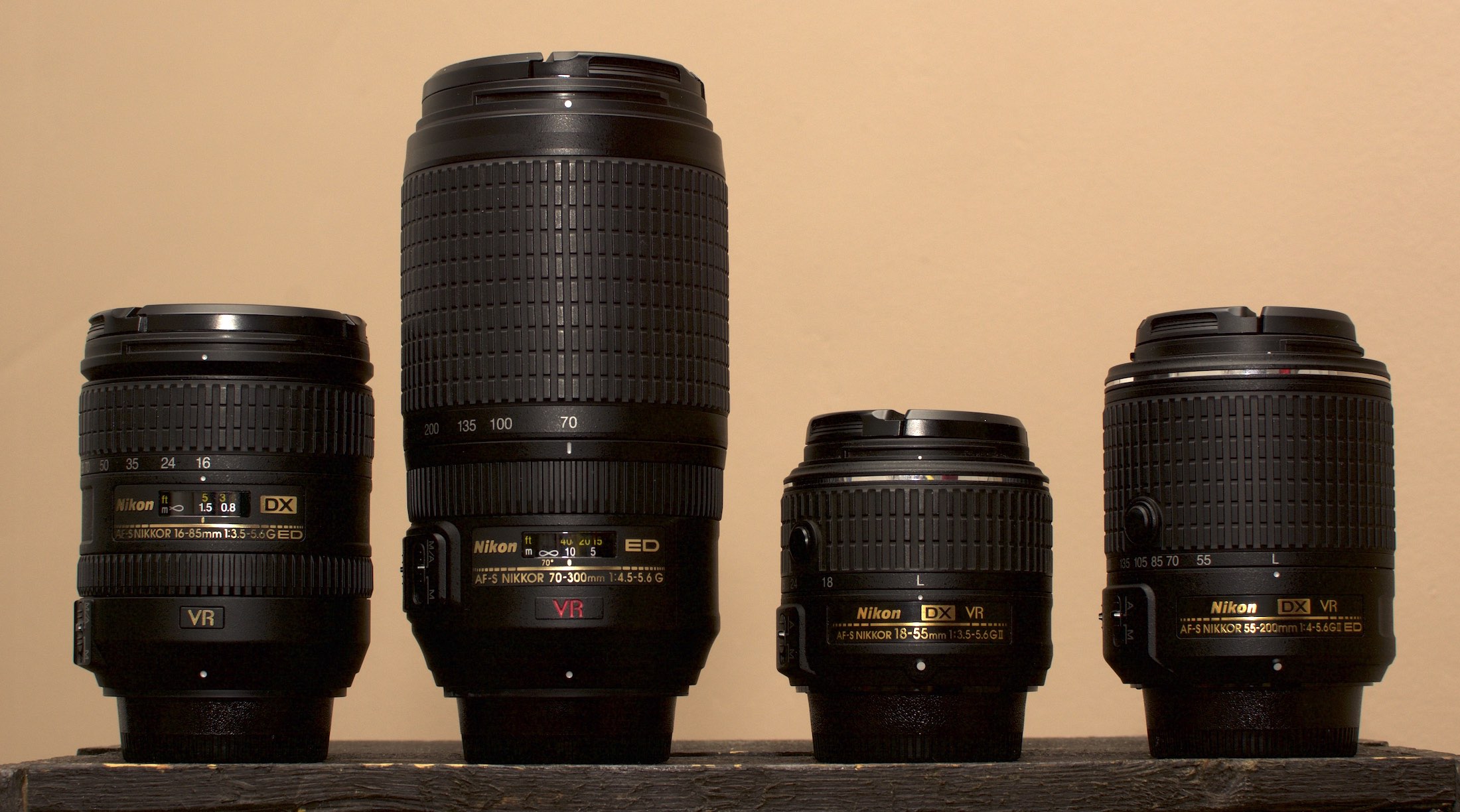
So now I have two sets of consumer normal zoom + tele zoom lenses: the collapsible 18-55 and 55-200 and the more upscale, but still consumer-territory 16-85 and 70-300 mm lenses. So I thought I'd compare them.
First, let introduce each lens by its official name, going from left to right in the photo.
I'll call the first two the big lenses and the other two the small lenses from now on. Some of the differences between the big ones and the small ones are:
All of the lenses have vibration reduction (VR). The big ones as well as the 55-200 have internal focussing: nothing on the outside moves when the lens focuses. (Except the focus ring on the 55-200.) The front of the 18-55 moves back and forth a little as it focuses.
Apart from the size and weight, the biggest differences between the big lenses and the small ones is that they just feel better. The zoom and focus rings are much better damped, so you can easily move them, but you need to exert some pressure so you're unlikely to move them accidentally. The manual-focus-at-any-time system is also great if you find yourself switching between autofocus and manual focus as I talk about in my recent back button focus article. Manual focus on the small lenses is hard to do, because the focus rings are very sensitive. Also, you can't turn the focus ring until you put the lens in manual focus with the A/M switch on the lens.
I compared the 55-200 against the 70-300. Interestingly, the small lens has much faster autofocus than the big one: 0.2 second to go from 3 meters to infinity; for the big lens this is 0.47 seconds. I also found the 55-200 hunt for focus less often than the 70-300.
As for sharpness, I revisited two of my favorite test subjects: the oil rig off of the coast and the moon.
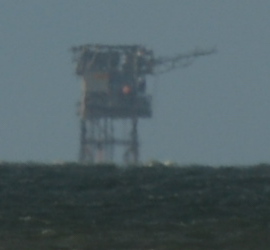
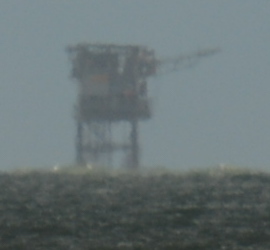
The oil rig is a difficult subject because unless the weather is exceptional, it barely punches through the haze and provides very little contrast for the autofocus system to work with. That may be the reason why the 70-300 photo is noticeably softer than the 55-200 one. The moon shows a different result. For each of these, I picked the best shot out of a bunch I took with each lens at each setting.
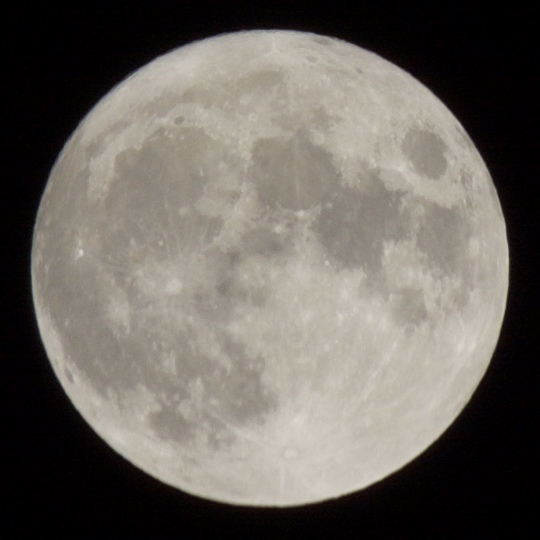
If you look closely, especially at the craters at the top edge of the moon, you'll see that the 70-300 is a hair sharper at 200 mm:
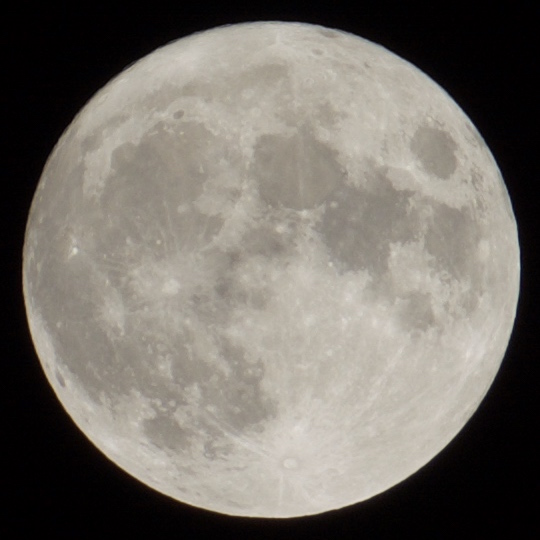
I then zoomed to 300 mm, and again got a bit more detail:
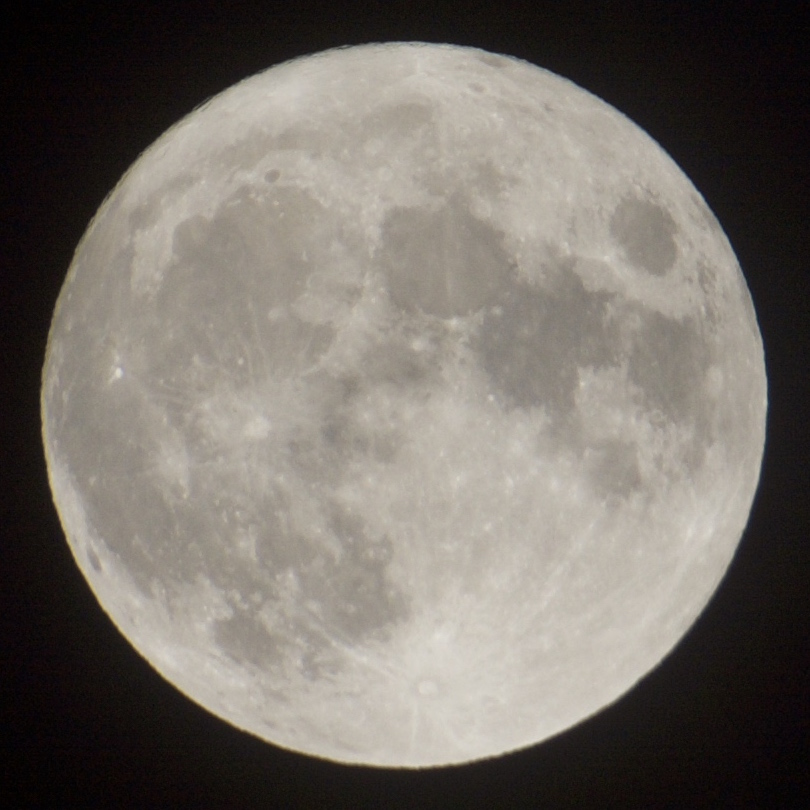

Note that for half a decade, I always shot with a UV filter for protection on this lens. Turns out that on tele lenses, filters, even clear protection/UV filters, can noticeably reduce your sharpness as filters vary slightly in thickness throughout and thus act a little like a lens. Normally this isn't noticeable, but tele lenses magnify everything.
I didn't compare the 18-55 and the 16-85, but here are some shots with each of the lenses.
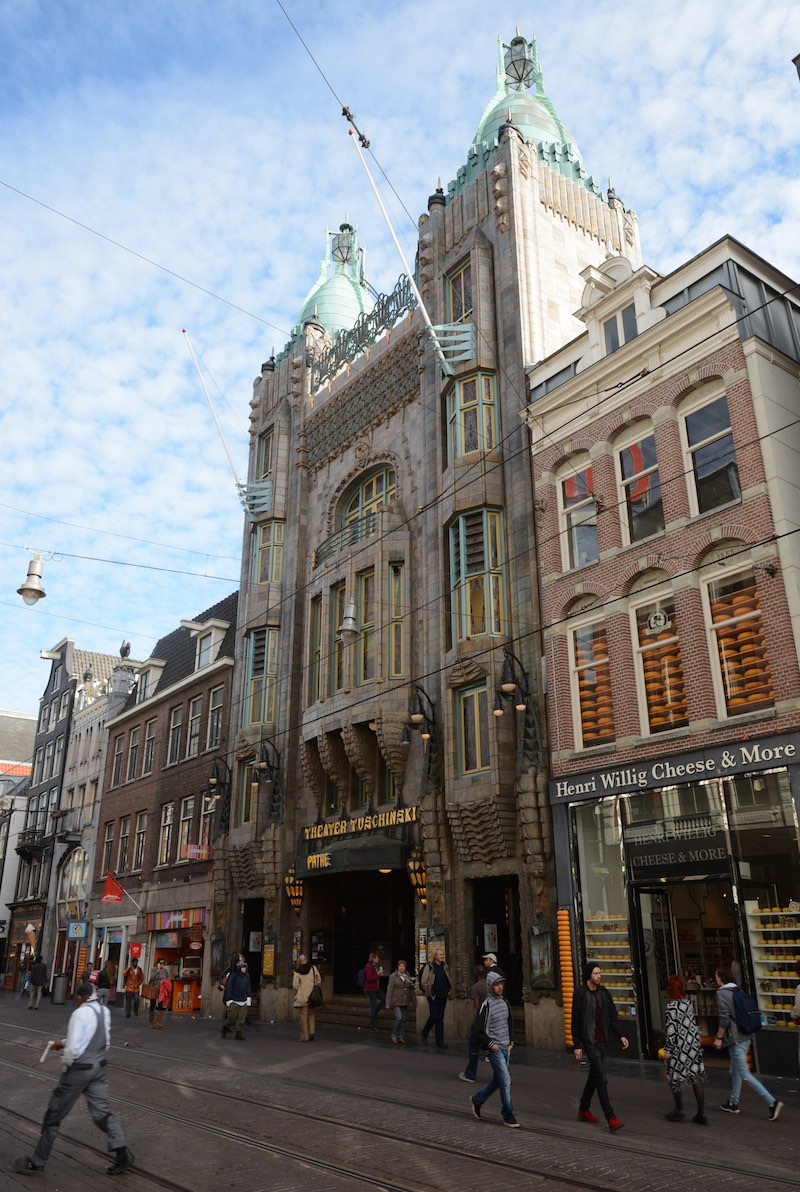
This is a shot with the 16-85 at 16 mm where the extra 2 millimeters at the wide end makes a difference. The diagonal field of view is 84 degrees at 16 mm on a DX camera such as my Nikon D7100, at 18 mm it's 77 degrees.
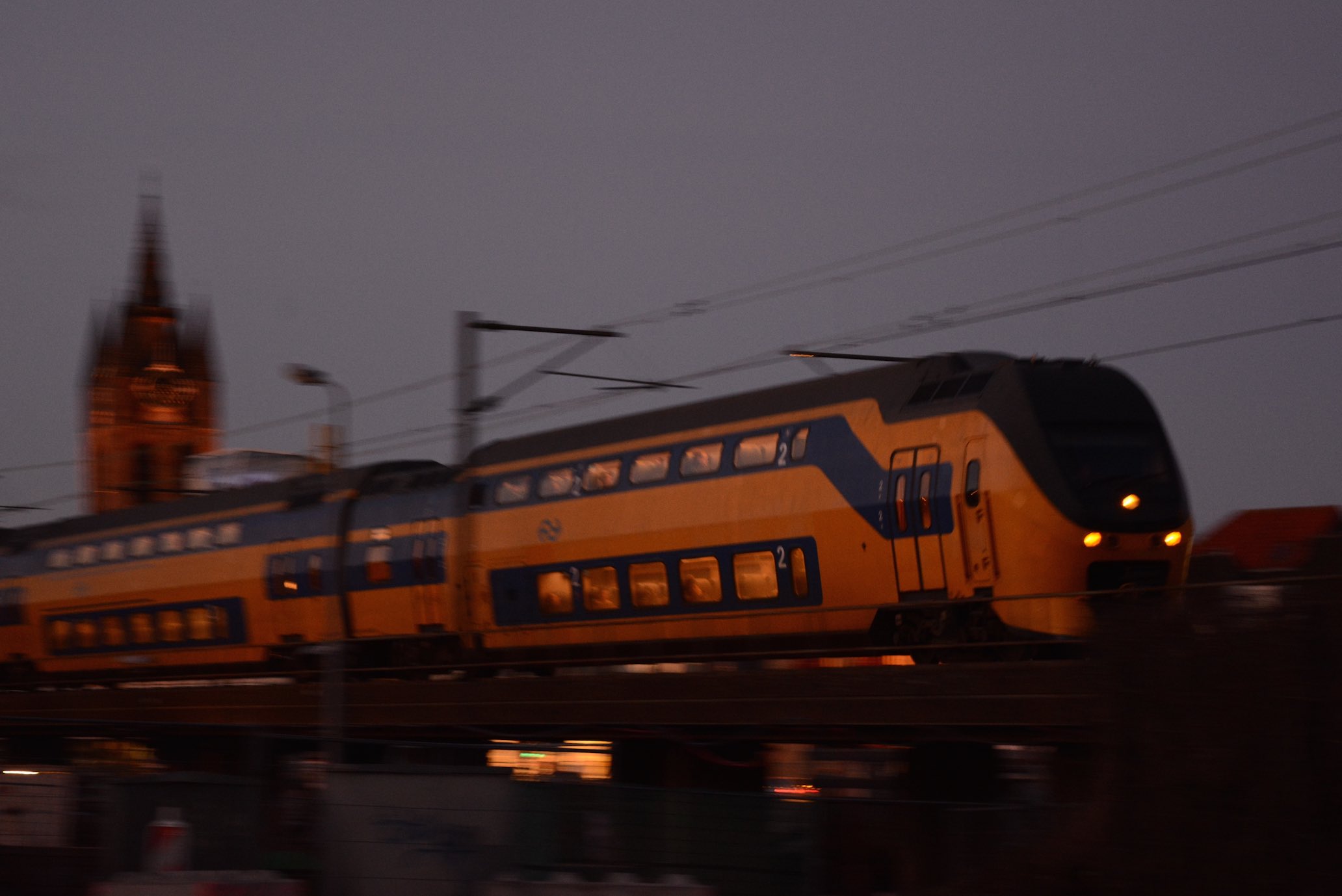
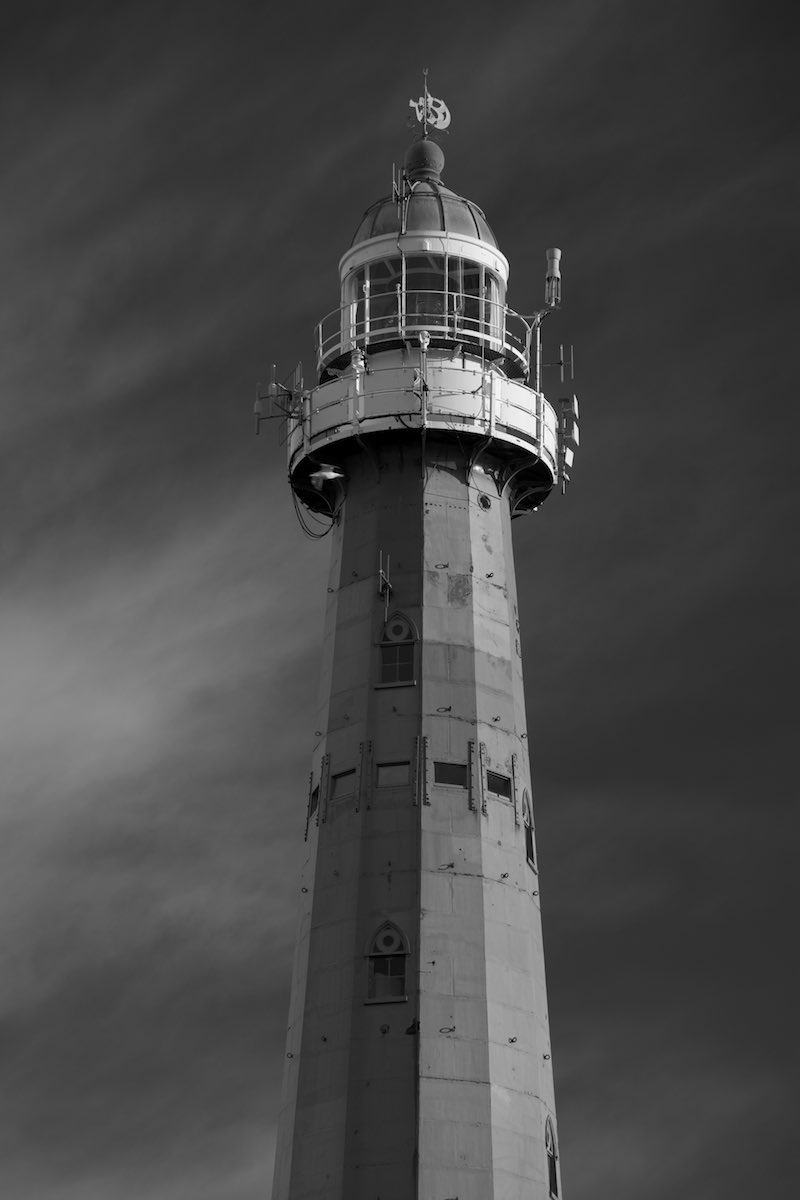
The 55-200 at 92 mm with a polarizing filter and obviously converted to black and white.
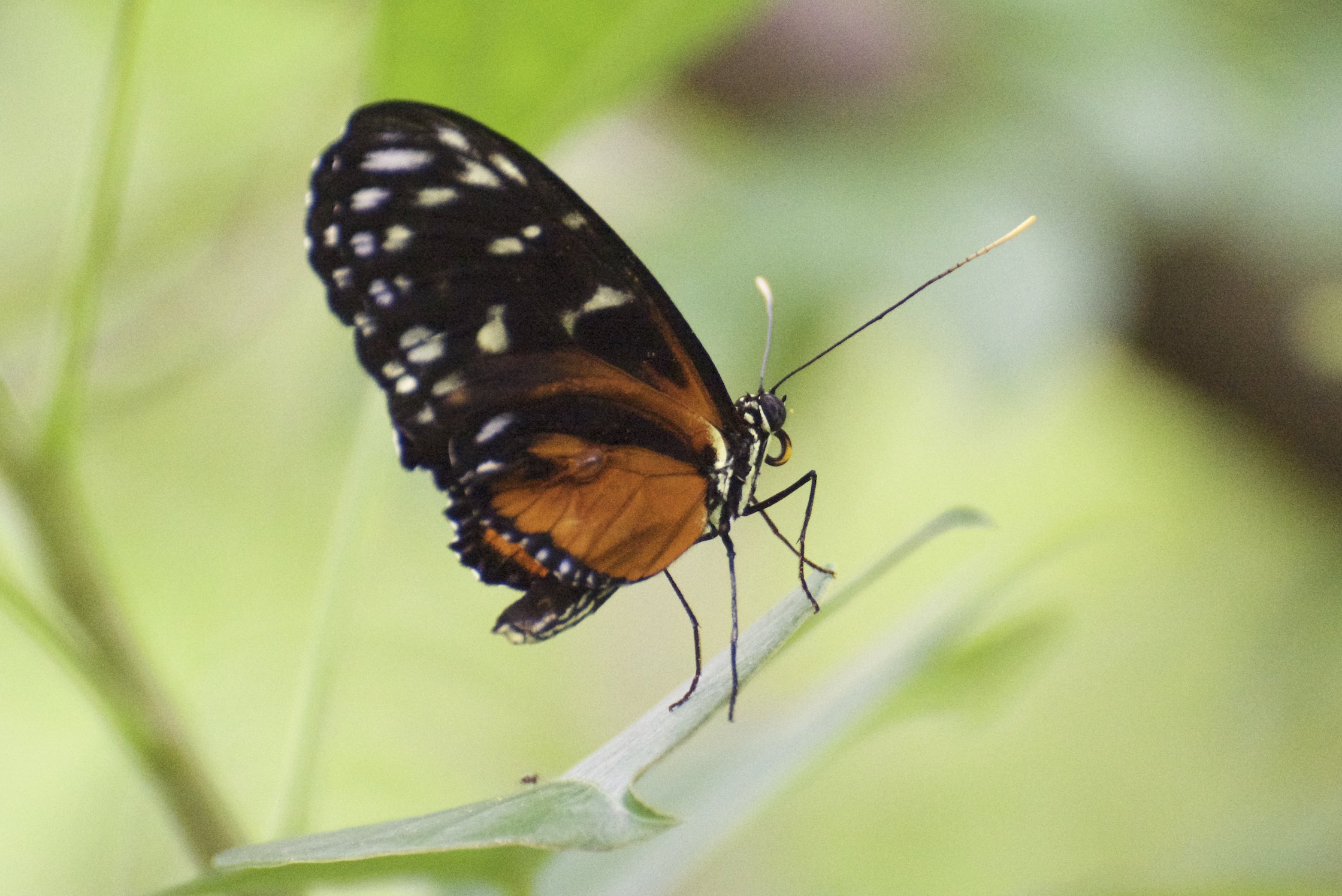
At the Blijdorp zoo, shooting butterflies with the 70-300 at 300 mm. This lens' shortest focus distance is 1.5 meters, but that still gives you a reproduction ratio of 1:4. This means that if you print a photo at 10x15 cm, a subject is 1.6 times bigger than life size. The reproduction ratios of the lenses are:
So the 18-55 gets pretty close to macro lens territory, but a big issue is that you need to get insanely close. With the 55-200 and the 70-300 you can stay far enough away to not cast a shadow over your subject with the lens and insects and the like don't get disturbed.
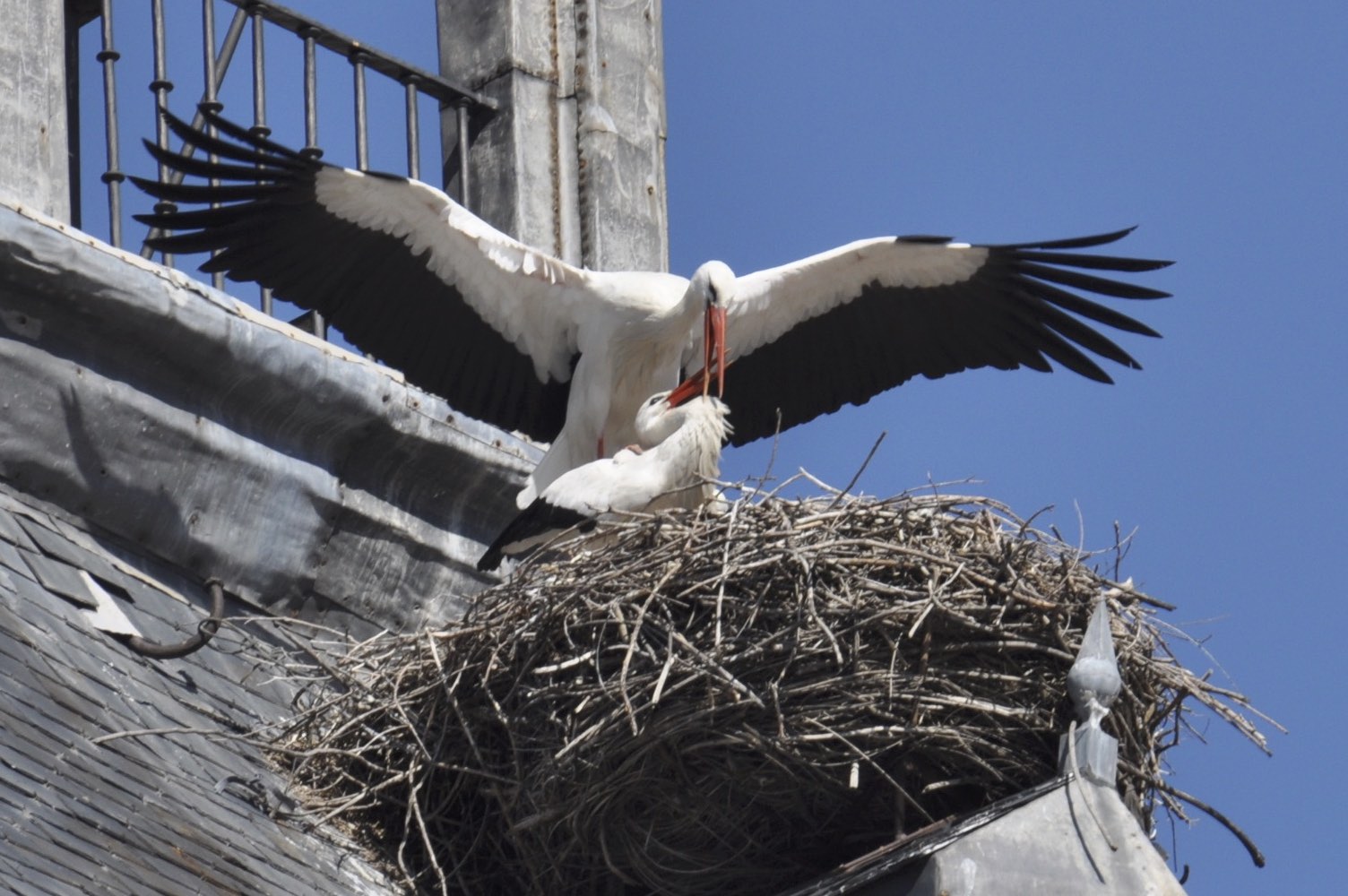
Even large birds like storks with a long lens like the 70-300 at 300 mm rarely fill much of the frame, so this is a crop of a larger image. Taken with my D90 camera in 2010.
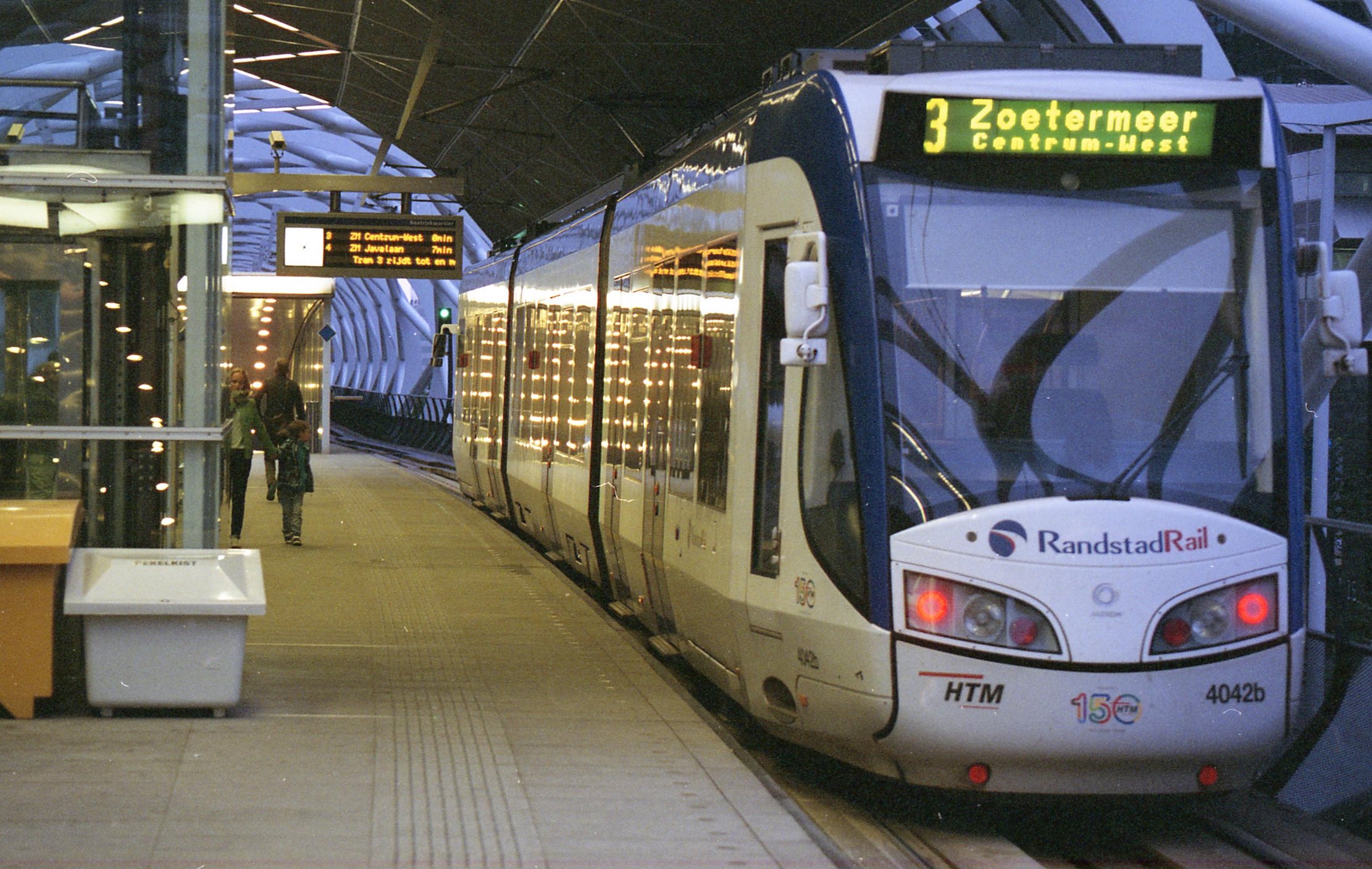
One last shot with the 70-300, but this time with an F65 film camera! The 70-300 is the only lens in the bunch that is compatible with FX / full frame digital cameras and 35 mm film cameras.
So which should you get?
The two big lenses and the two small ones each make a nice pair, with the big ones offering better ease of use, more reach and slightly better sharpness at the tele end, while the small ones are better for trips. But I also see myself bringing the 16-85 and the 55-200 on a trip because it gives me those precious extra millimeters for architecture at the wide end and the extra 30 mm at the long end will let me avoid changing lenses as often. And the 55-200 is half the weight of the 70-300 and still gives me a decent amount of reach.